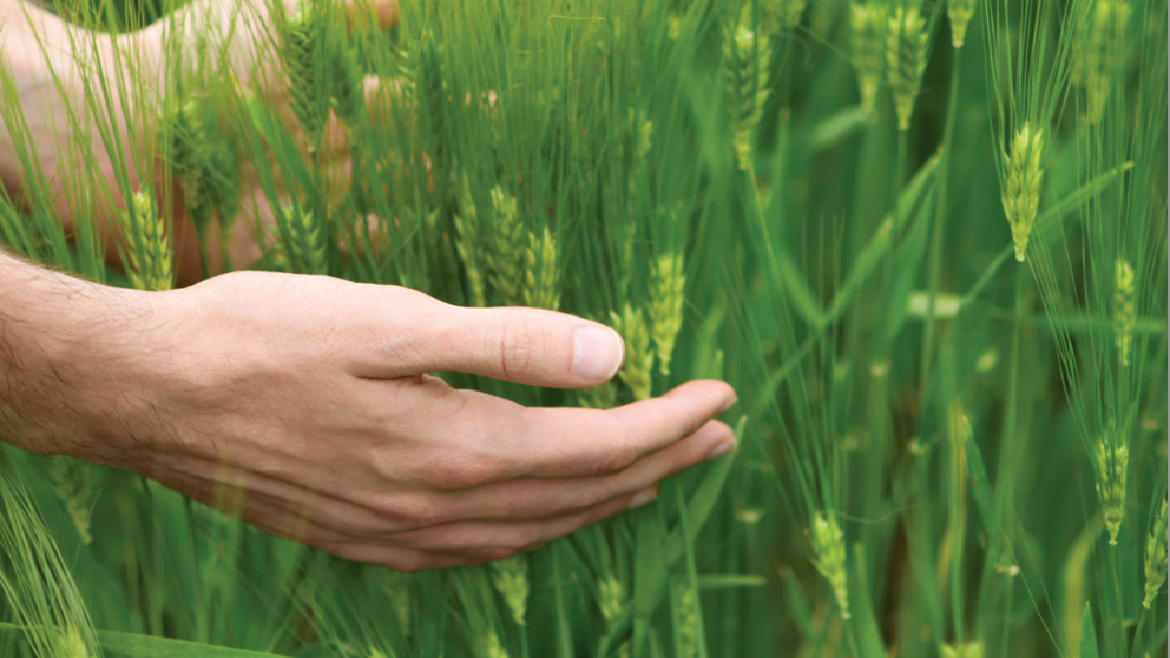A succession of food safety crises has drawn the most attention but there are equal and growing concerns about rising obesity and the stubborn problem of under-nutrition. The ability to address the issue of food quality is complicated by the increasing complexity of the food supply chain in Asia. In an effort to secure sufficient quantities of affordable food and cater for a greater diversity of diets, countries have integrated themselves into global systems for agricultural production and food processing, leading to the creation of longer, sprawling food supply chains that could span numerous countries. This structural shift requires that food quality be viewed as an issue that extends beyond national boundaries. At the same time, the market for domestic production remains highly fragmented in many transition economies—China has some 200m smallholders raising poultry and fish stock, while India has an estimated 120m—making education and monitoring of producers on the virtues of clean, safe food extremely difficult.
Our research indicates that the need to address the quality, or safety and nutritional value, of food is not simply a public health priority, but one that is increasingly being driven by the market. Hence, the response by the food industry and governments towards growing consumer concerns related to tainted food, and the changing dynamics underpinning the region’s malnutrition story, are the major focuses of this report. It is based on extensive desk research and interviews with 18 industry executives, academics and policy makers.






